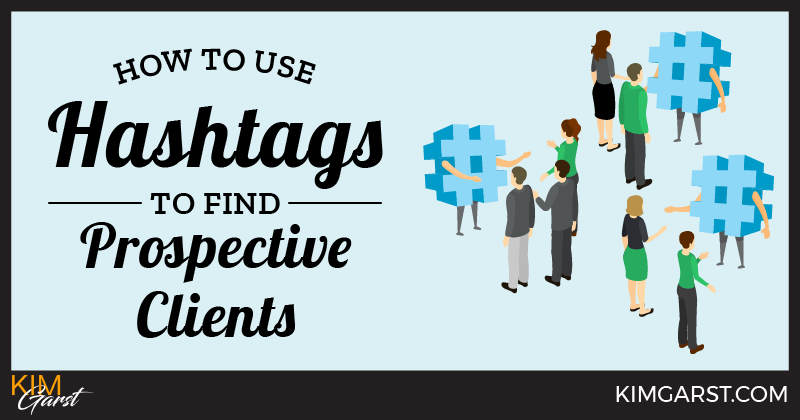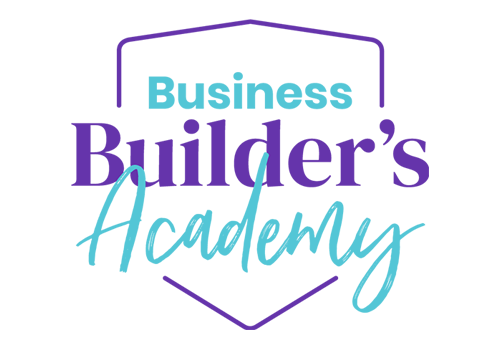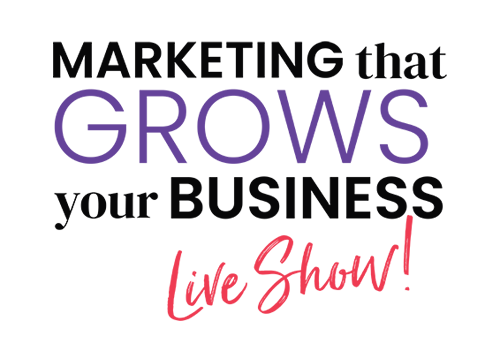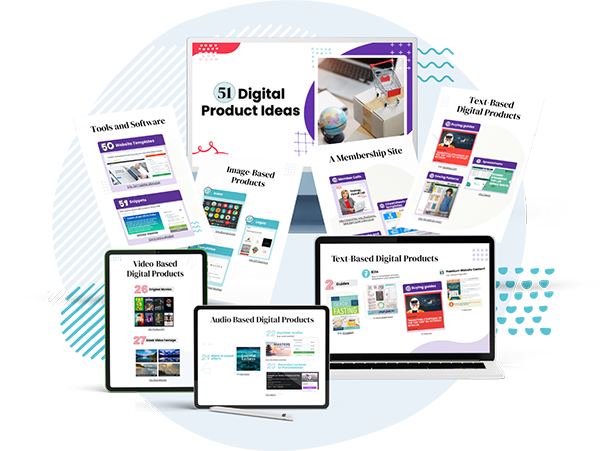
By now, I know you’re familiar with hashtags. You likely already use them to attract new followers to your social media posts, and to find new people to follow. But did you know you can also use them to find prospective customers or clients?
This will involve a bit of stealth and a good deal of sleuthing, but I know you’re up for it! Following are 6 steps you can take that will allow you to use hashtags to find and connect with customers or clients you may otherwise never have met!
1. Use a Hashtag Tool to Cut Through the Noise.
Attempting this process without a good hashtag tool will likely leave you frustrated and frenzied. With thousands upon thousands of hashtags being posted every single day, hunting down the relevant ones can be nearly impossible.
Some of the tools I recommend you check out include:
Each of these tools has a unique purpose, but some of the ways you can use them include:
- Finding top recent tweets related to a particular hashtag
- Sorting or organizing relevant hashtags
- Conducting competitive hashtag analysis
- Tracking hashtags cross-platform
For specific tips on how to use the above tools see my post 5 Rocking Hashtag Tools.
2. Search for Hashtags Related to Your Business or Products.
Now that you have a good tool in place for monitoring relevant hashtags, it’s time to jump in and actually run some searches. And a good place to start is by looking for hashtags related to your business and products.
Here’s an example: Let’s say you have a fine foods business, and your company hashtag is #gourmetgoodies. Some of your best-selling products have their own hashtags, like #debsmocha and #redvelvetcookies. You may also have contest hashtags. Run searches for all these hashtags and any others people may use in relation to your business or products.
Be sure to also run searches for your name, as well as for misspellings of all the hashtags I’ve just mentioned.
3. Search for Conversations About Your Competitors.
Just as you did in step 2, you’re going to run searches for hashtags related to your competitors’ business. This will include their first and last name, business name, product names, contest hashtags and various misspellings.
4. Search for Questions you Can Reply to.
Now that you’ve found some conversations happening around your brand as well as your competitors’ brands, it’s time to find industry-related questions you can reply to. This will comprise a big part of your hashtag strategy, as the vast majority of social media users won’t be using your company or product hashtags in their posts.
The goal here is to find general questions, issues and problems that your potential customer or clients are talking about to see how you can help.
Finding these hashtags will take some work, but using the tools mentioned above will help a lot. Try searching for keywords related to your niche or products, and tack on works like:
- Help
- Question
- Thoughts
- Problems
- Suggestion
- Challenges
- Advice
- Referral
- Recommendation
- Question words like what, when or how.
5. Search for Industry Discussions You Can be Part of.
This step is similar to step 4, however it will involve brainstorming hashtags that are relevant to your industry as a whole. These will be conversations people are having, not necessarily about your business or products, and not necessarily questions they’re asking.
Monitoring these types of discussions (even if you never respond to them) can be extremely beneficial, as it gives you the inside scoop into what your potential customers and clients are really talking about.
6. Respond.
I’ve left this for last, although of course you can respond immediately when you find conversations to be part of.
Some best practices for responding to relevant conversations include:
- Tread carefully: Remember that you’re stepping into a conversation that’s already taking place, so don’t take over.
- Don’t badmouth the competition: Your goal is to be helpful and respectful at all times, even if someone else is relaying a negative experience with one of your competitors.
- Offer valuable advice or insights: This is not the time for a sales pitch, unless someone is straight-out asking for a product or service recommendation.
- Know when not to respond: For instance, if someone is clearly not looking for advice or suggestions, it’s sometimes best not to respond. Use this information to get a feel for what your customers are struggling with, but be wise about when to speak up and when to hold your tongue.
Your goal is to find prospective customers or clients, and the best way to do that is to become a trusted source of help and information. Monitoring and responding to relevant hashtags is one of the best ways to connect with your target audience in a genuinely honest and helpful way.
For more hashtag tips, see my post How to Use Hashtags to Grow Your Business.
Do you use any of the strategies above? Do you have any other tips for using hashtags to find prospective clients? Share below!
About Author
Kim Garst
Kim Garst is a renowned marketing strategist and speaker who is trailblazing the use of artificial intelligence in digital marketing. With over 30 years of experience as an online entrepreneur, Kim helps entrepreneurs grow their business and authority online by using AI technology. She is leading the way with proven AI frameworks that help entrepreneurs build authority in their space.
She is keynote speaker and an international best-selling author of Will The Real You Please Stand Up, Show Up, Be Authentic and Prosper in Social Media.
Named by Forbes as a Top 10 Social Media Power Influencer, Kim is well-known for her skill to simplify complex technology and make the use of AI understandable for business growth. Her relatable, actionable advice helps guide new entrepreneurs to harness the power of AI to succeed in digital marketing. Kim is leading the way in combining human and technological skills to create a new model for AI-powered marketing.







“By now you’re familiar with hashtags.” Nope, I was wondering what the heck they were!